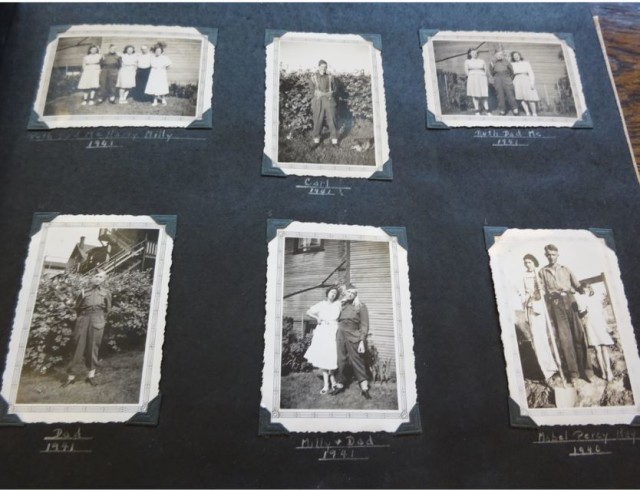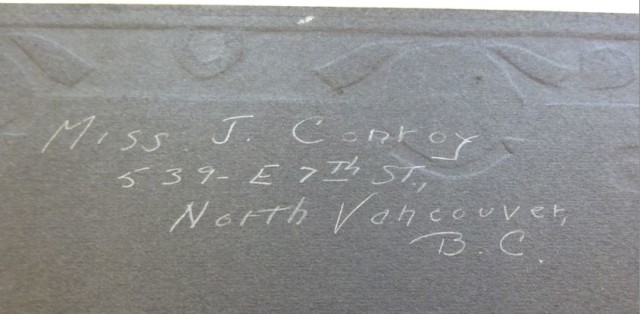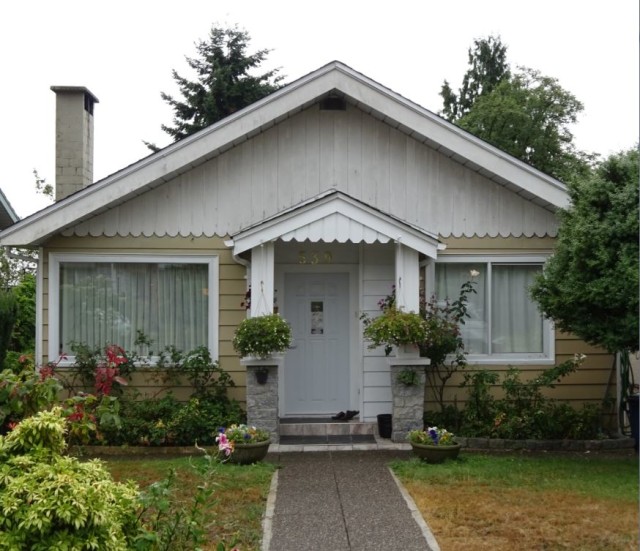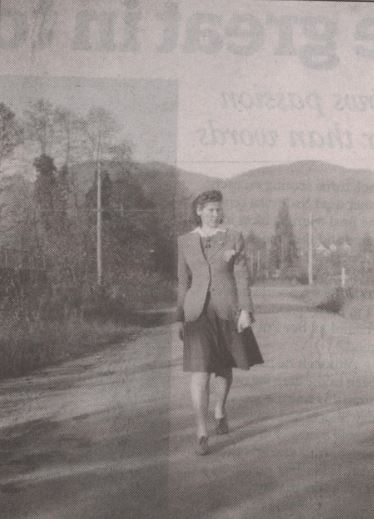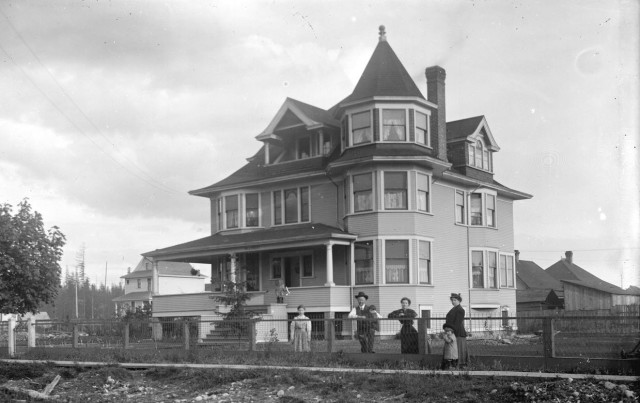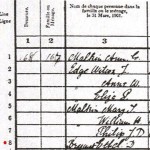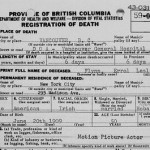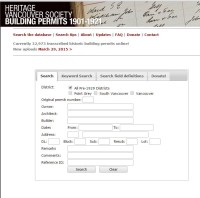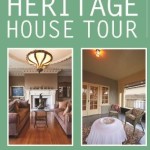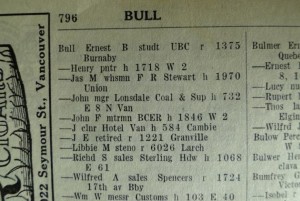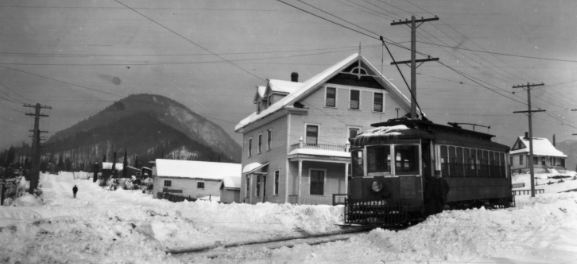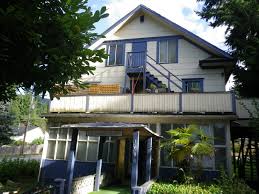Since this is my last blog for the year, I thought I’d put together a list of my top 10 favourite FB pages. My criteria is pretty simple: the page has to have a strong Greater Vancouver flavour, there has to be a historical element, and the page has to post reasonably often and with original postings.
In Alphabetical order……
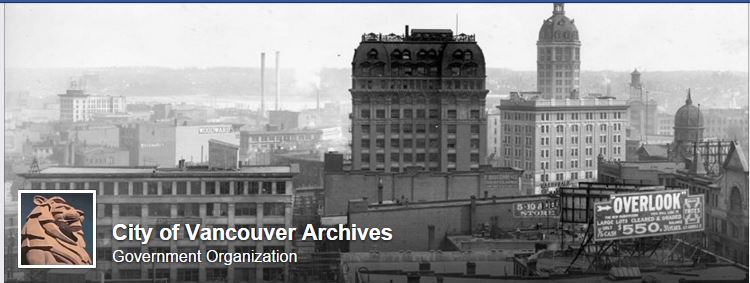 1. City of Vancouver Archives (likes: 2,328)
1. City of Vancouver Archives (likes: 2,328)
The Archives does an amazing job as our official keeper and promoter of Vancouver’s history. But most importantly the Archives took the step a few years ago of digitizing tens of thousands of photos and making high res versions freely accessible to anyone who wants them. They also have a great blog.
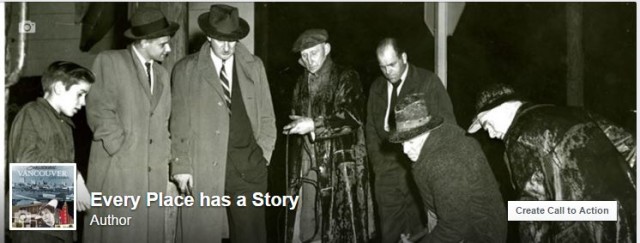 2. Every Place has a Story (likes: 1,643)
2. Every Place has a Story (likes: 1,643)
I started this page a couple of years ago and it has grown into a mixture of curated material, photos and original posts (you really don’t know what you are getting from one day to the next because I’m never sure myself).
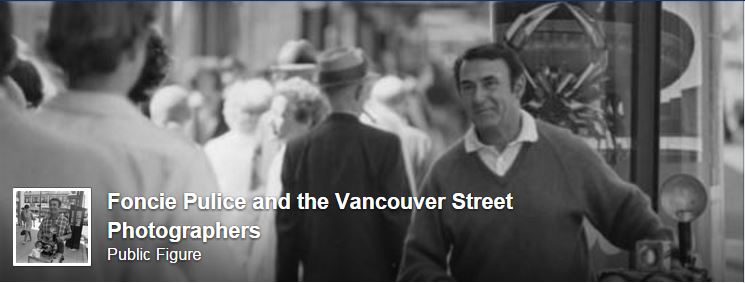 3. Foncie Pulice (likes: 1,384)
3. Foncie Pulice (likes: 1,384)
Most long time Vancouverites have at least one Foncie photo in their album, and his photos really touch a chord and say a lot about our history. Foncie took his first photo in 1934 and his last in 1979. He was the last of the street photographers
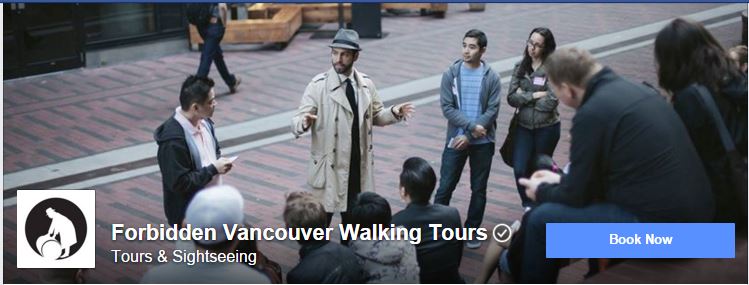 4. Forbidden Vancouver (likes: 5,518)
4. Forbidden Vancouver (likes: 5,518)
This is a local business run by Will Woods (shown wearing cool hat). Will has shaken up the idea of the walking tour, added some theatre and shows the sketchy side of Vancouver to locals and tourists. His FB posts reflect this side of Vancouver.
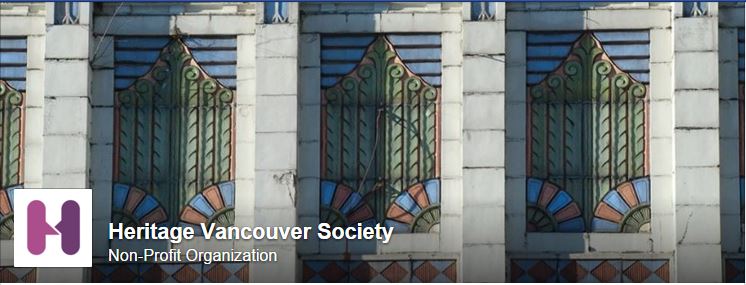 5. Heritage Vancouver Society (likes: 2,091)
5. Heritage Vancouver Society (likes: 2,091)
For keeping Vancouver’s heritage buildings as an issue, for publishing the top 10 watch list of endangered buildings and for putting on great events that keep us interested in heritage. You need to follow this page.
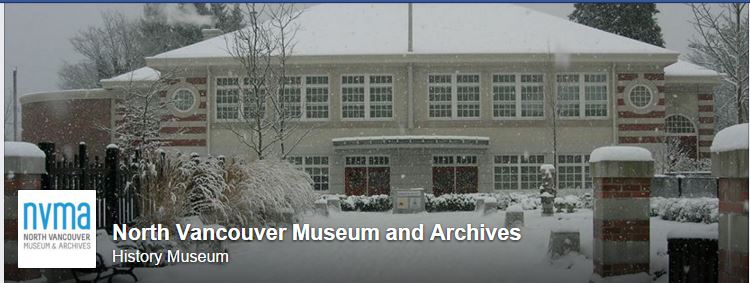 6. North Vancouver Museum and Archives (likes: 2,091)
6. North Vancouver Museum and Archives (likes: 2,091)
The North Vancouver Museum and Archives has been fundraising this year for a new museum that would live at the foot of Lonsdale. They’ve also ramped up their postings on FB and shared some really fascinating bits of local history and photos for people on both sides of the Inlet.
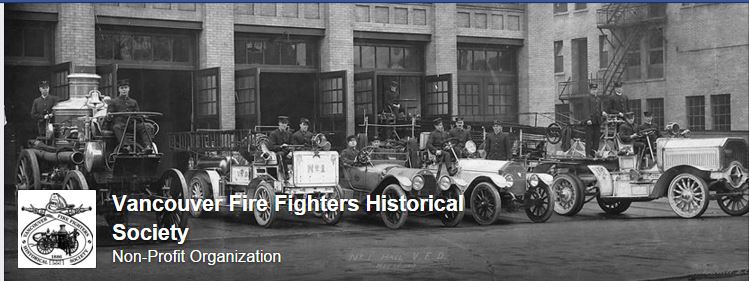 7. Vancouver Firefighters Historical Society (likes: 531)
7. Vancouver Firefighters Historical Society (likes: 531)
Not all the photos are of burning buildings, some are shots of old equipment, trucks, parades, old Vancouver and heritage fire halls. And, if you’re in need of some eye candy pop over to The Hall of Flame calendar page — it’s okay it’s for the children!
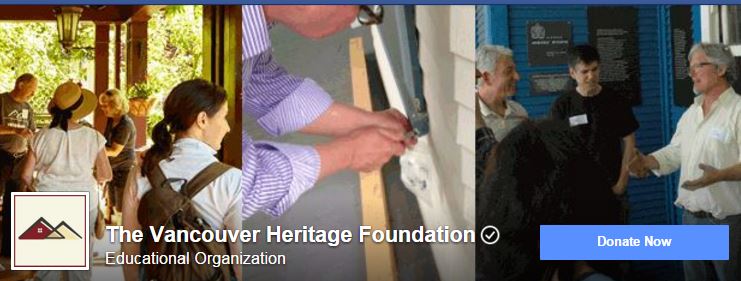 8. Vancouver Heritage Foundation (likes: 3,334)
8. Vancouver Heritage Foundation (likes: 3,334)
Through the annual heritage house tour, lectures series, walking tours, Places that Matter and their collateral, the Vancouver Heritage Foundation does an amazing job of keeping heritage important and fun. Follow this site for information about grants and events.
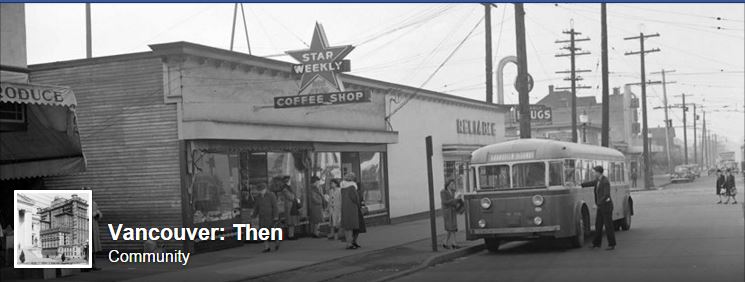 9. Vancouver Then (likes: 14,861)
9. Vancouver Then (likes: 14,861)
I can’t say enough good things about Vancouver Then. Jeremy Hood posts consistently and often and he puts a huge amount of work and thought into his posts and photos about Vancouver. My favourites are his then and now posts that show how much we have changed, or in some cases, how much we haven’t.
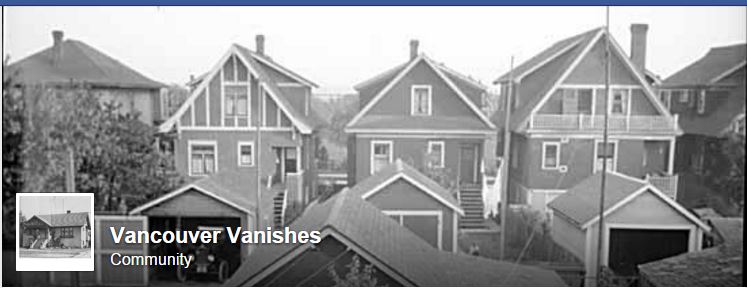 10. Vancouver Vanishes (likes: 7,702)
10. Vancouver Vanishes (likes: 7,702)
Noted fiction author Caroline Adderson started this page a couple of years ago and has attracted a huge following of people who are just as outraged as she is by the demolition of character houses in Vancouver. Her relentless beating on City Hall has had real results and her page was the basis for Vancouver Vanishes, a book of essays with contributors such as Michael Kluckner, John Atkin, Kerry Gold, and me.
If I have missed any of your favourite pages, please leave a note in the comment section below!
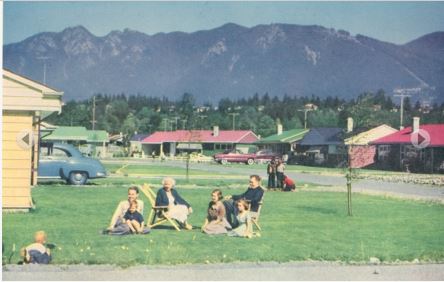
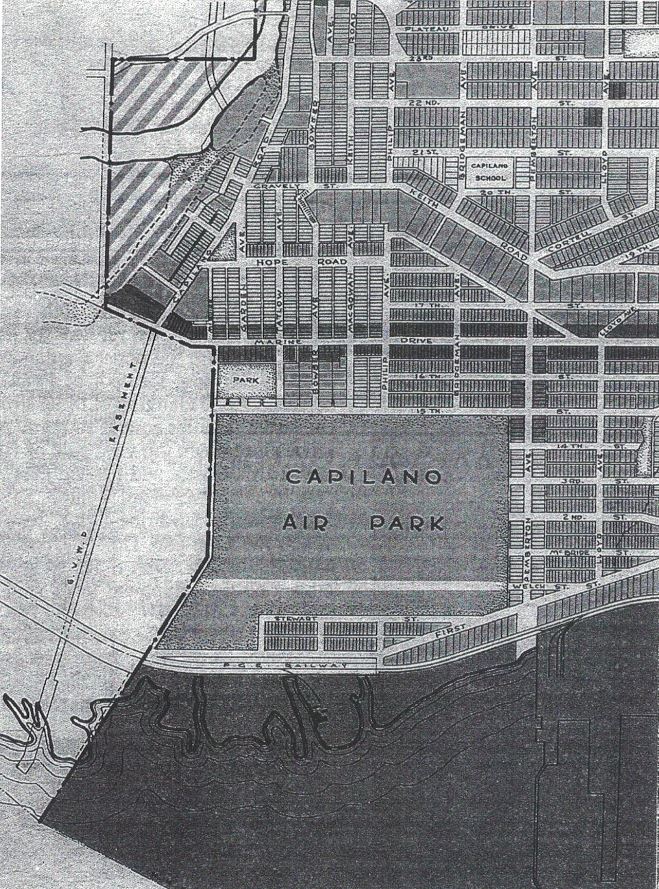
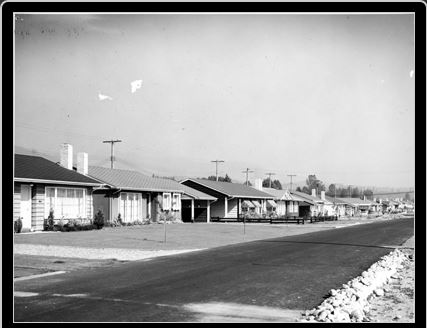
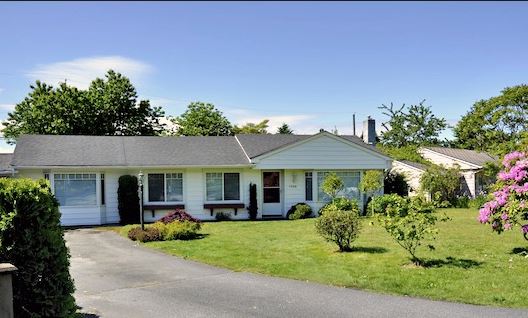



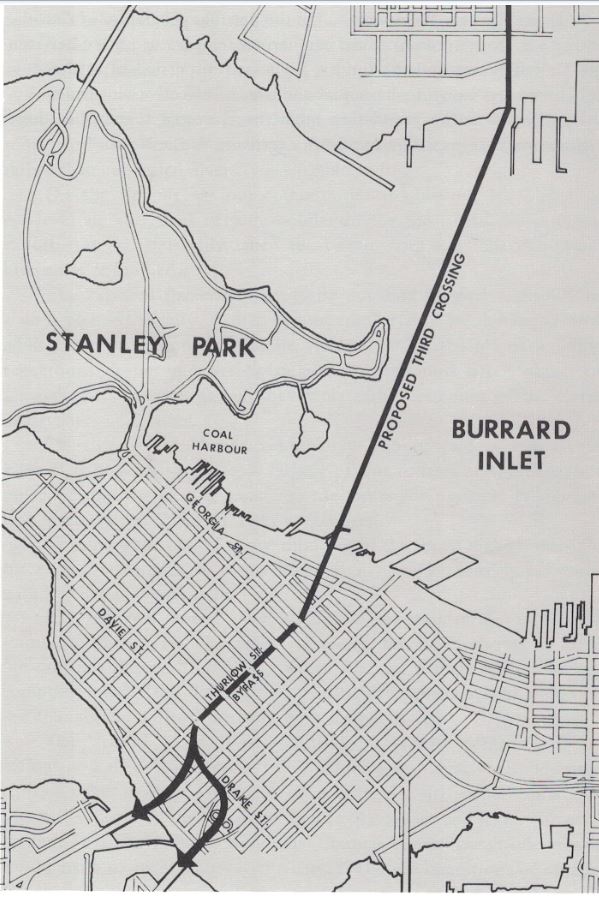
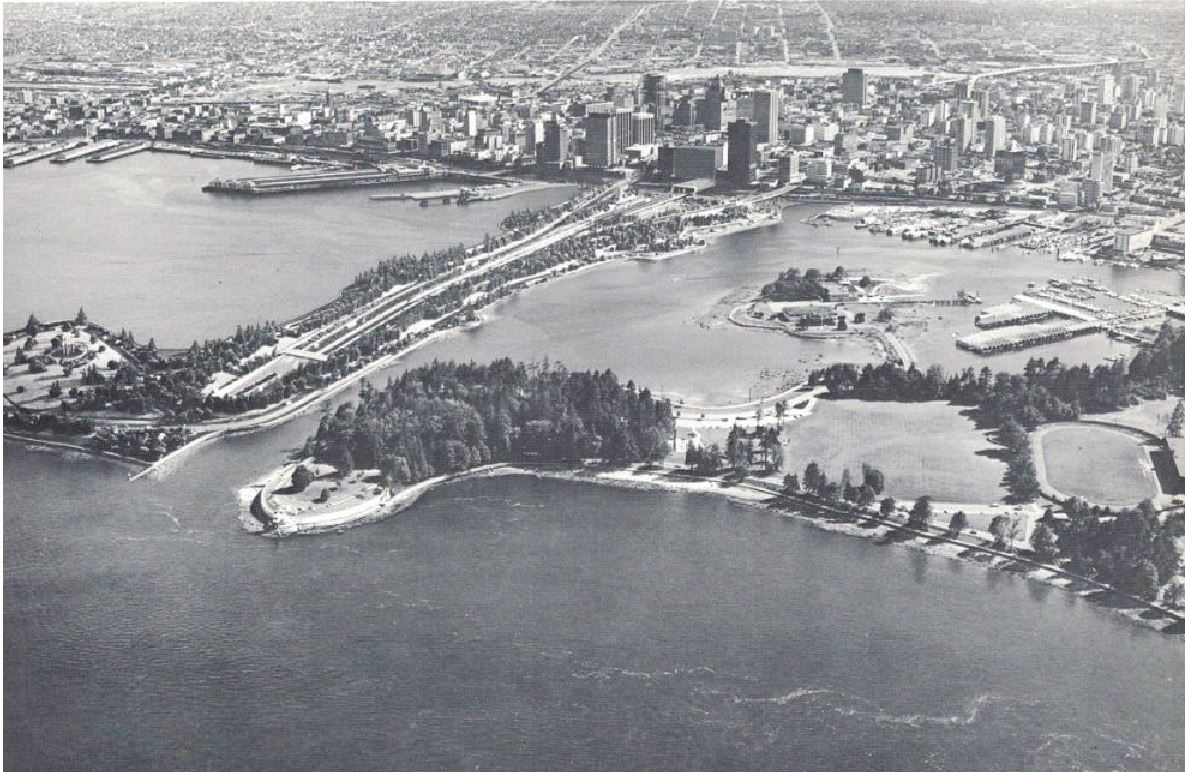
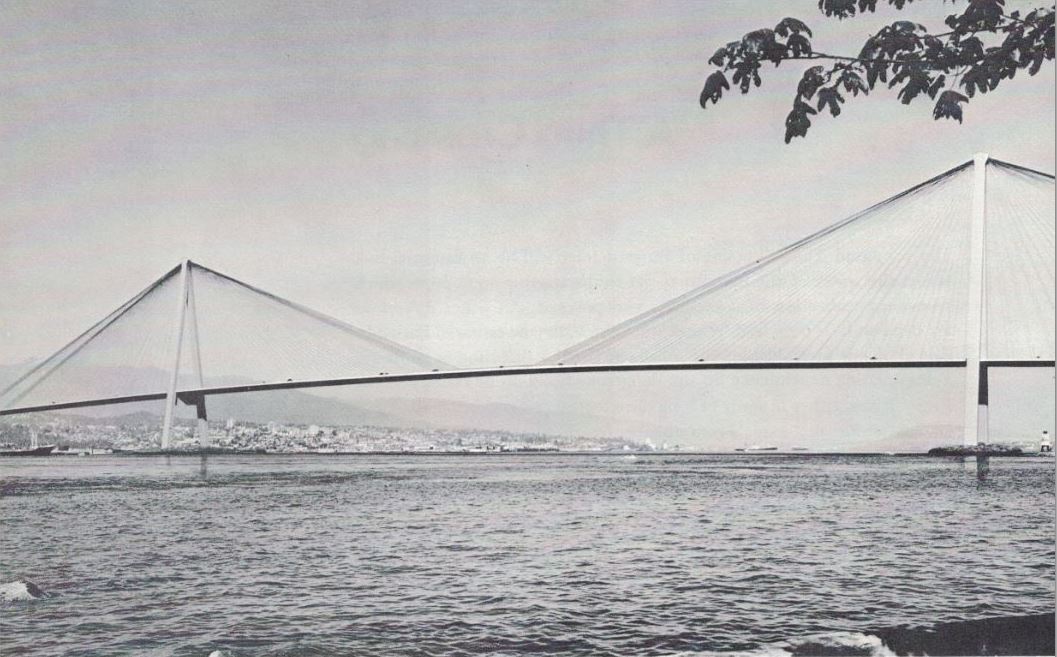

 2.
2.  3.
3.  4.
4.  5.
5.  6.
6.  7.
7.  8.
8.  9.
9.  10.
10. 
